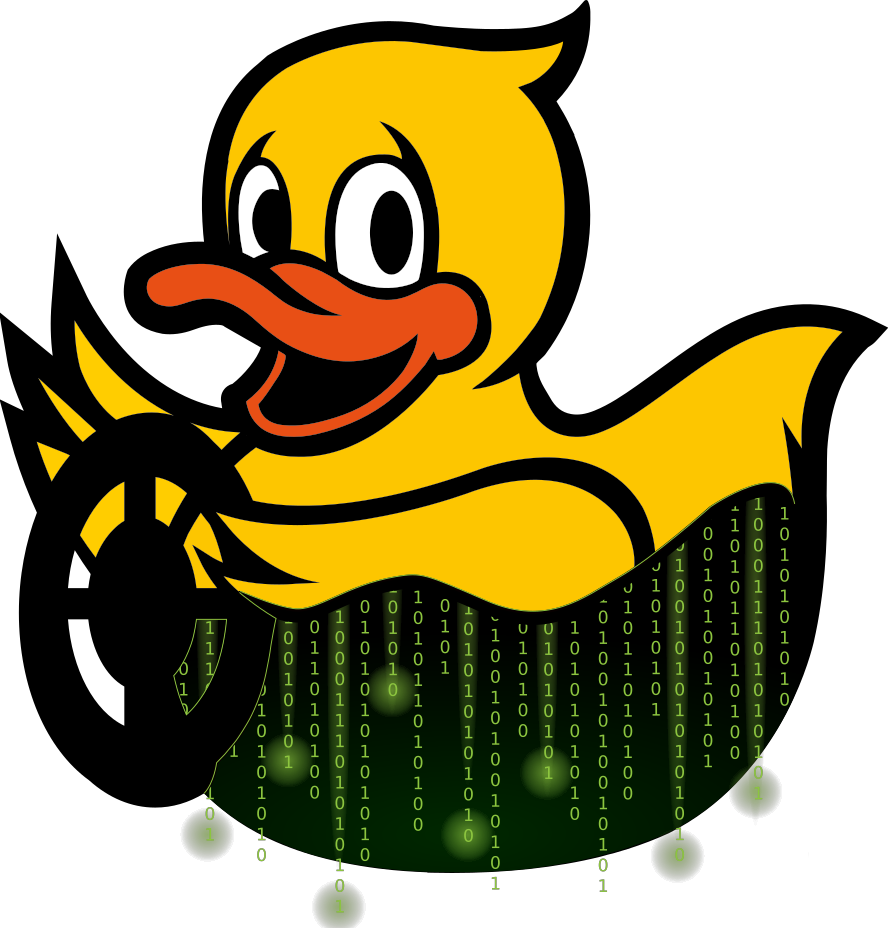Installing and Running the Duckiematrix
Contents
Installing and Running the Duckiematrix#
What you will need
A working Duckietown Shell installation: Duckietown Shell (dts)
What you will get
A successful Duckiematrix installation
Knowledge on how to start the Duckiematrix
How to Run the Duckiematrix#
The basic command to run the Duckiematrix is dts matrix run. However, in order to run the
Duckiematrix you need to provide two pieces of information:
Where the engine is running
What map to load
In most cases, you will probably want to run the engine locally. You can do so by adding the --standalone flag.
With respect to the map, you can choose to either define your own map and tell the Duckiematrix where to find it
on the file system, or you can choose to use one of the default maps that are provided by including the --embedded flag.
The default maps are named:
sandboxdemoemptyintersectionsloop
In summary, the following command
dts matrix run --standalone --embedded --map sandbox
would download and install the latest version of the Duckiematrix if it has not already been installed, start it on your local machine and load the sandbox map that is predefined.
By default, the Duckiematrix runs in tutorial mode, where the key bindings are introduced. If you
want to disable this behavior you can add the --no-tutorial flag. If something is going wrong and
you do not see the renderer initializing, you can see what is going wrong by adding the --verbose flag. To run the WebGL (browser) version of the Duckiematrix, add the --browser flag.
Note
For the WebGL (browser) version of the Duckiematrix, if the colors look desaturated, try a different browser.
Using a Remote Engine#
To run a local renderer and connect it to a remote engine, you simply need to specify the location
of the engine (as a hostname or IP address) using the --engine flag:
dts matrix run --engine ENGINE_HOSTNAME
In this case you do not need to specify a map since that was already specified when the Duckiematrix engine
was initially run.
Connecting a Duckiebot to a Remote Engine#
Once you have a Duckiematrix Engine up and running, you connect a Duckiebot (physical or virtual) to an entity in the Duckiematrix. You can do this with the command:
dts matrix attach [--engine ENGINE_HOSTNAME] DUCKIEBOT_NAME ENTITY_NAME
where you can omit ENGINE_HOSTNAME if the engine is running locally. You can find the name of the matrix entity by looking through the map configurations or more simply by clicking on the Robots
tab at the bottom of a Duckiematrix rendering window and then looking at the Name. The default
for a Duckiebot is map_0/vehicle_0 so that is usually a good guess.
Using a Custom Map#
The map can be defined on the local file system and loaded by the engine. To learn how to define
a local map see the page on creating maps. This map can then be loaded by omitting the
--embedded flag and specifying the path:
dts matrix run --standalone --map PATH_TO_MAP
